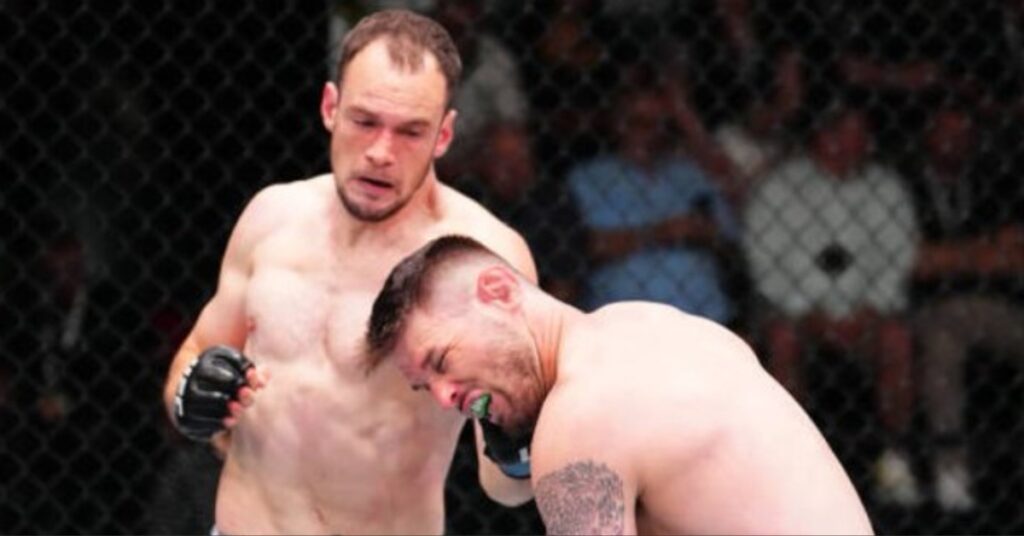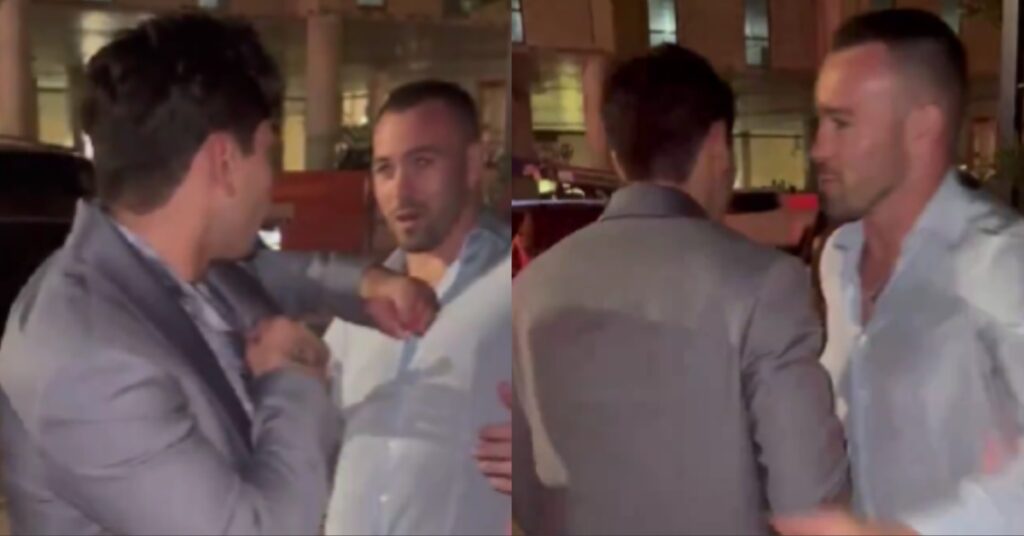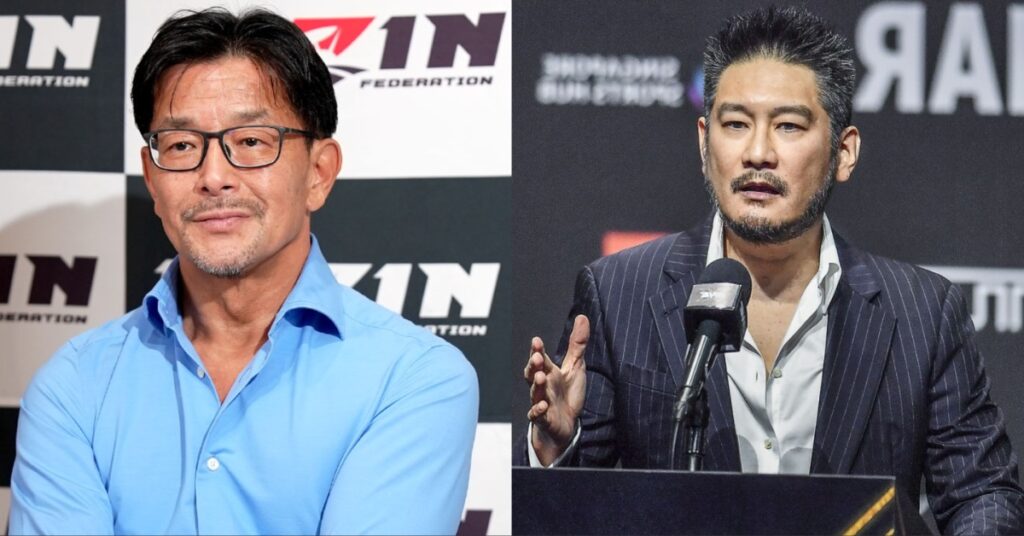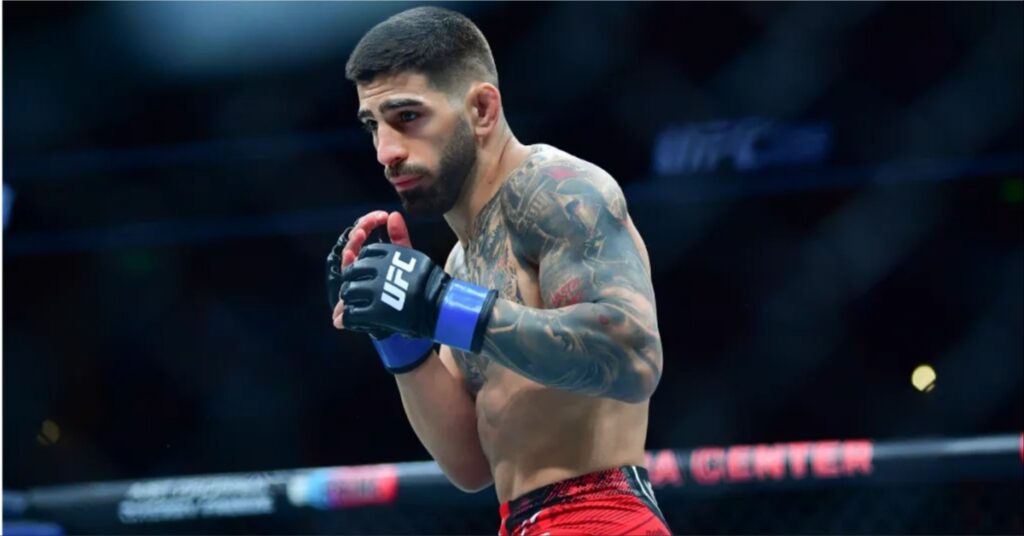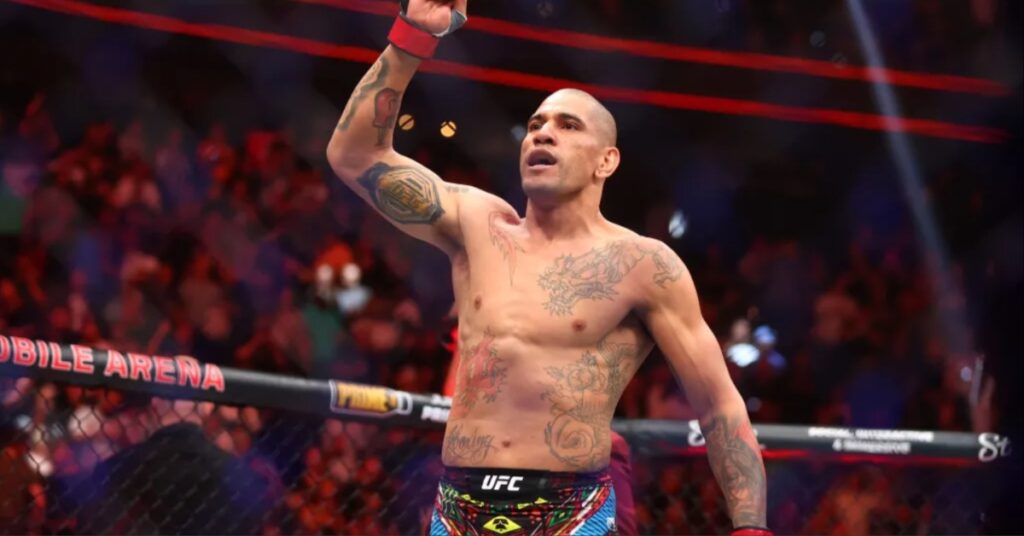TUF or WTF?: A Season-by-Season Retrospective of The Ultimate Fighter

(Thanks to tufentertainment.net for the fitting logo.)
By Nathan Smith
With the recent announcement that Roy Nelson and Shane Carwin have been named as the coaches for the next installment of The Ultimate Fighter series, the MMA universe immediately launched into a full-blow orgasmic ticker-tape parade complete with tons of flying confetti and a marching band belting out death metal tunes. Once I heard the news, it was as if my life instantaneously turned into a beer commercial and the entire Potato Nation was invited. There was a rad pool-party, barbeque, a plethora of hotties, endless alcohol, and an overall quest for fun.
Well . . . . . actually, none of that happened. In fact, when word spread that Nelson and Carwin would helm the next season of TUF, it was officially filed under “WTF?” Judging from the comment section, most of the CP brethren didn’t care for the choices either. TUF is coming off a season that saw the ratings dip lower than they ever had, which could partially be blamed on the move to FX and the dreaded Friday night time slot. Regardless of the variables for the ratings drop, something drastic needs to be done, but is anybody really convinced that Carwin and Nelson are the answer to TUF’s slow and painful demise? Let’s start from the beginning and take a look back to see if this runaway train can be coaxed back onto the main rail.
The Season That Started it All
The inaugural season of TUF featured future Hall of Famers Chuck Liddell and Randy Couture as the competing coaches who would go mano y mano at the PPV after the season finale. For fans of the UFC, that was good enough for most to initially tune in for the Fertitta-funded experiment. It still remains the best crop of young talent and personalities to ever grace the show; future stars like Forrest Griffin, Stephan Bonnar, Josh Koscheck, Chris Leben, Diego Sanchez, Mike Swick, Kenny Florian, and Nate Quarry were all complete unknowns vying for stardom in a fledgling sport. You mix in the whole “fatherless bastard” angle and the show was off and running even before the awe-inspiring climax between (pre TRT) FoGrif and The American Psycho. Even before that, we were treated to the greatest speech of all time that has since been condensed into a few words. “Do you wanna be a fighter?” Though there were other memorable moments from the seasons that followed, Zuffa should have quit while they were ahead because it would never be this good again. The unrefined personification of immature talent, undeniable aspirations and gonzo-sized balls oozed from the boob tube during every episode.
Season 2
Season 2 saw Rich Franklin coach opposite Matt Hughes, and since both men competed at different weight classes, they were obviously not going to fight at the conclusion of the season. This was a prime example of the UFC throwing shit against the wall to see if it would stick by parading two somewhat charismatic champions in front of the camera with hopes of gathering ratings/fans for the upcoming UFC 56 PPV. Although it was undoubtedly a less thrilling season than that of its predecessor, it did introduce to another future light heavyweight champion in Rashad Evans, who won the contract competing as a heavyweight, as well as such names as Joe Stevenson, Melvin Guillard, and future pound-for-pound punching bag GOAT Keith Jardine. And if not for Jardine, the worldmay have never learned that “The Dean of Mean” would make no sense if his last name was Johnson, a valuable take home indeed.
Season 3
Season 3 is one of my personal favorites because of the preconceived notions about coaches: Tito Ortiz and Ken Shamrock. Tito was working the crap out of “The Huntington Beach Bad Boy” gimmick and wore the black hat pretty damn well even though he desperately wanted to be accepted by everyone. On the other hand, Shamrock was the MMA legend who competed in the very first UFC tournament and was the founder of his own training facility – The Lion’s Den. Shamrock was supposed to be the more seasoned coach, but chose to bring in weight lifting specialists and opted to rewatch videos of his UFC fights instead of training during an infamous episode, among other baffling decisions. Tito, conversely, came across as a guy that was genuinely committed to making his team better fighters through technique (believe it or not) and some crazy conditioning drills involving piggyback rides and vacant floors of Las Vegas hotels. In the end, Tito TKO’d Ken in just over a minute and Michael Bisping began his quest to piss off everybody around the world en route to winning the LHW contract.
Season 4 – The Comeback
Season 4 came upon us with the familiar sound of a giant turd smacking against a cinder block divider. Luckily for the UFC, a Ram-Manesque New Yorker with a perfectly timed overhand right came along and the dookie kind of stuck. I am not exactly sure who came up with the idea of bringing back washed up fighters mixed with a few coulda-shoulda guys coupled with a blend of has-beens and never-weres, but I am certain it must have sounded phenomenal during the pitch meeting. This was the only other season that featured an abundance of talent (albeit fleeting talent) like the first season. Shonie Carter, Patrick Côté, Matt Serra, Travis Lutter, Jorge Rivera, Pete Sell, *cough convicted rapist *cough* Jeremy Jackson, Scott Smith, Din Thomas, Mikey Burnett, and (everybody’s favorite) Chris Lytle. All of these guys were waaaaaay professional for any of the usual drama to become too much of an issue, aside from Shonie’s batshit craziness, that is. There were no head coaches but instead guest coaches, and all the fighters shared instructors Mark DellaGrotte as their striking guru and Marc Laimon as the perceived submission specialist. Season highlights include a goggled Burnett self-concussing himself while running through some sheet rock (forgetting that code requires studs every 16 inches), Serra calling Laimon a pussy for never stepping into the real world of fighting and of course . . . . . this. After the season there would be a fundamental plummet to mediocrity.
Season 5, or, the Aforementioned Plummet to Mediocrity
Season 5 was back to a basic grudge match between BJ Penn and Jens Pulver. The session would have been pretty tense if Pulver actually won his “welcome back to the UFC” fight months prior. Instead, Jens got KTFO by a wild-eyed nobody (at the time) named Joe Lauzon. How do you remedy this issue? Make Lauzon a participant during the season and have BJ make the guys raise their hands if they did NOT want to be on Pulver’s team. We were also introduced to the unrefined, yet potent, skills of Nate Diaz (along with his brotherly inspired “Fuck You” demeanor towards Karo Parisyan) and some Ping-Pong skills that would make Forrest Gump puke. So, basically the entire thing resembled a trash can fire without the Doo Wop.
On the next page: Disgusting pranks, trans-Atlantic rivalry, and a pugilist named Slice.

